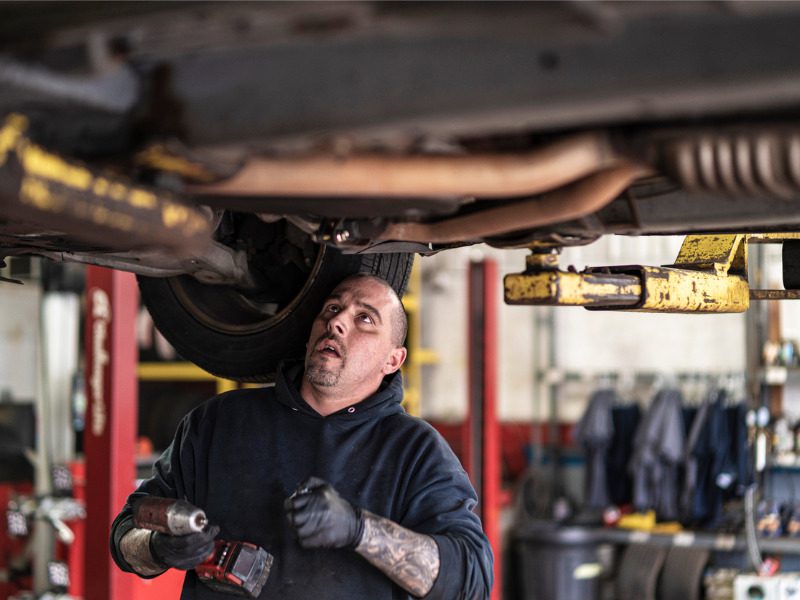Auto insurance: How to handle acid spill claims

Insurers would be well-advised to have experts and claim-handling protocols on hand to identify unique claim situations such as the two sulphuric acid spills in Trail, B.C. several years ago, two forensic engineers say.
On Apr. 10 and May 23, 2018, sulphuric acid spilled onto a highway during transport by Westcan Bulk Transport for mining company Teck Resources. The spills resulted in more than 4,800 claims to the Insurance Corporation of British Columbia (ICBC), most of which turned out to be false. The insurer determined that 520 claims were total losses, but denied coverage for the remaining 4,321 claims after determining these vehicles were not damaged.
More recently, highly corrosive hydrochloric acid leaked from a truck onto a 400-series highway in St. Catharines, Ont. earlier this month. The Ontario Provincial Police closed the highway in both directions to offload the 9,000 kilograms of hydrochloric acid.
These types of spills show insurers should have inspection programs and protocols like those for Cat losses in place to handle these complex claims, says Ben Desclouds, director of claims solutions with Mitigateway, a Toronto-based company that helps carriers lower claims costs and prevent losses.
“The way that highly corrosive acids interact with various types of metals and plastics on the underside of the vehicle is not something in the regular purview of what adjusters would be experts in,” explains Desclouds, who was on the ground inspecting vehicles in Trail.
These complex claims are different from standard home or vehicle damage claims, he says. “It is a chemical reaction between a corrosive liquid and vehicle materials resulting in a public safety issue. Having a consistent protocol and an expert who has expertise in delineating between what is general corrosion on the underside of the vehicle and what is new corrosion from the spill will allow [insurers] to detect what is the new damage, what is just regular everyday corrosion, and provide coverage.”
iStock.com/anyaberkut
The number of claims in Trail escalated quickly, complicated by the fact that two spills happened within six weeks. In the Ontario incident, the acid was hydrochloric, which is very harmful at the concentrations at which it is generally transported.
“That’s why an expert following an established protocol should be looking at this kind of claim,” Desclouds says. “This claim should not fall to the typical process of having multiple adjusters handling the claims and coming to potentially different conclusions.”
Paul Okrutny, founder and president of Mitigateway, says many claims are “one-offs,” so adjusters often have free rein to use the best tools they have available to them to make a call on, for example, whether a vehicle is a write-off or not. “But because adjusters don’t have tools to handle acid spill claims at the ready, they handle the claim the best they can and may generate inconsistency, with insureds talking to each other saying, ‘I got a write-off,’ ‘I didn’t get anything.’”
Why might an engineer be needed? “The adjuster is there to adjust the financial aspect of the claim,” Okrutny says. “They’re not necessarily given the tools by the insurer to make complicated calls about roadway acids spills and corrosion damage.”
In the Trail incidents, claims didn’t start rolling in until two or three months later, so the evidence surrounding timing and details of potential vehicle losses was gone. “Insurers started getting statements from the insureds and they didn’t have the timing of the spills locked down,” Desclouds says, noting an insured might think they drove through Trail on a particular day but couldn’t remember because it was three months ago.
So, a more detailed plan of attack is needed. This could include when the spill happened, where it happened, and on which side of the road (eastbound or westbound lanes, for example). An engineer can also help identify hotspots on the vehicle, such as directly behind the wheels, in the wheel wells and areas in the suspension.
“The main point is to make sure that you identify which cars have potentially been affected as quickly as you can, so that unsafe cars do not remain on the road. The next step is to figure out what you’re going to do with the vehicles afterwards,” Desclouds says. “Do the homework ahead of time but also have a plan should claims start coming in and have an expert identified for this type of work.”
Feature image by iStock.com/Alex Potemkin




